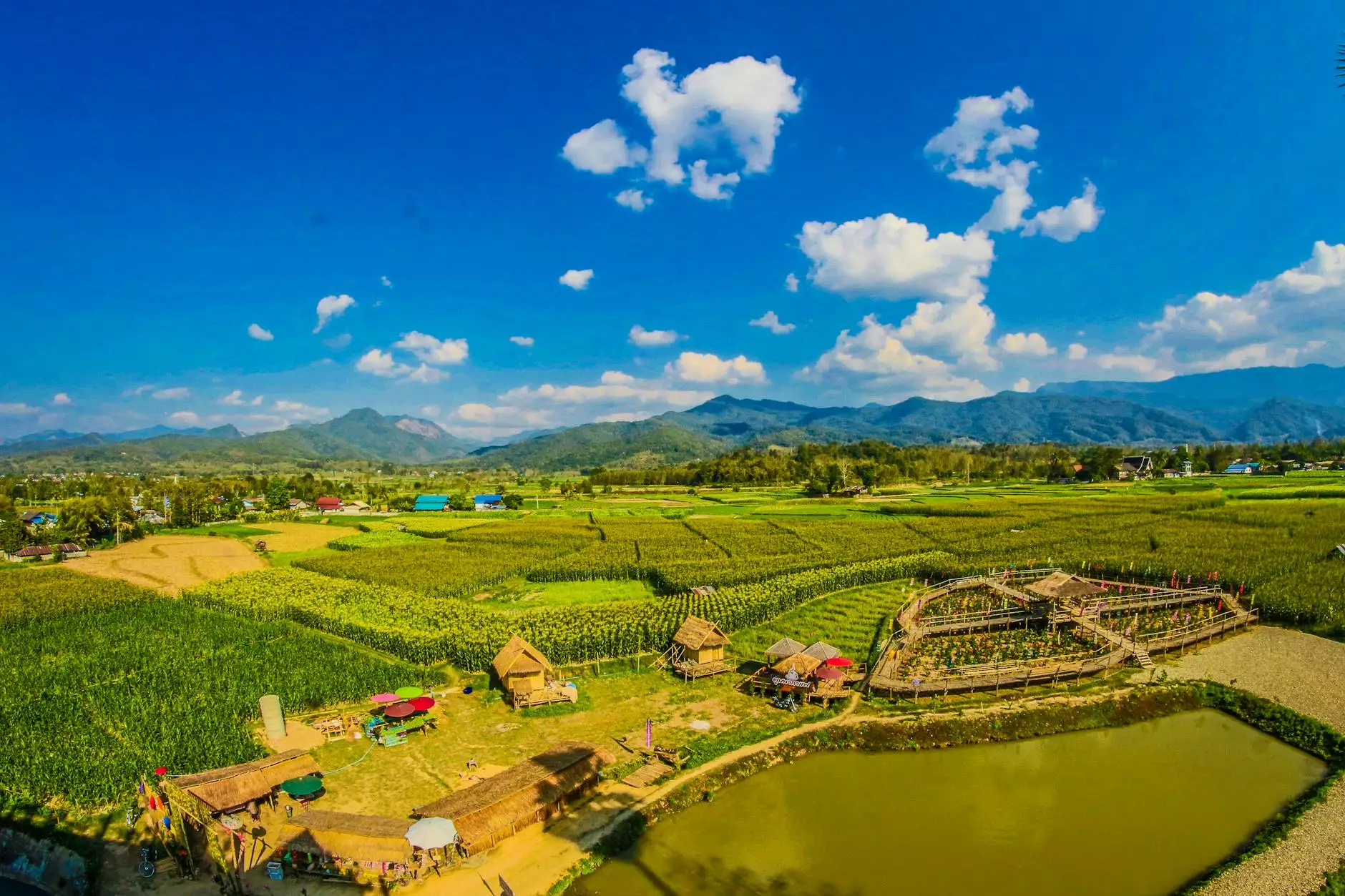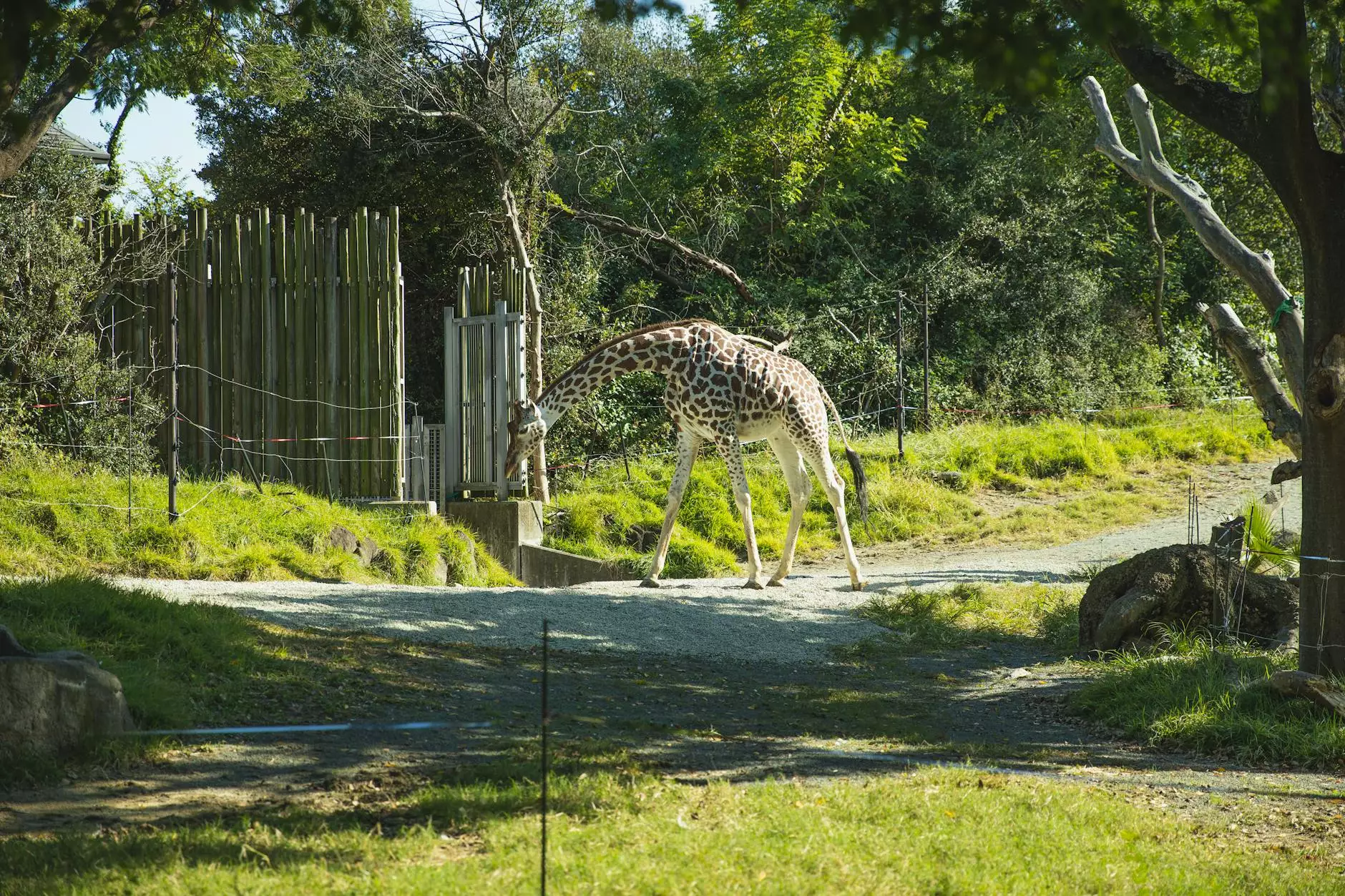How a Seed Gets on the Move
Articles
The Fascinating Journey of a Seed
Seeds are the remarkable catalysts of plant life. They contain the potential for growth and the ability to harness the power of sunlight, water, and nutrients to create new plants. But have you ever wondered how seeds move from one place to another? In this article, we will explore the various methods and mechanisms through which seeds disperse and find new locations to grow, ensuring the survival of plant species.
1. Dispersal by Wind
Wind plays a crucial role in the dispersal of seeds. Some plants have evolved mechanisms that help their seeds catch the wind and travel long distances. These seeds are often lightweight with structures that enable them to float through the air easily. Take the dandelion, for example. Its spherical seed head, called a "dandelion clock," is composed of multiple feathery structures known as pappus. When the wind blows, these pappi catch the air and carry the seeds away, spreading them far and wide.
2. Dispersal by Water
Water can also serve as a mode of seed dispersal. Seeds that are buoyant or enclosed within floatable fruits can be carried by rivers, streams, or ocean currents. Coconut palms are a well-known example of this type of dispersal. The coconuts fall into the water and can travel vast distances before eventually landing on fertile shores, where they have the potential to sprout and grow into new palm trees.
3. Dispersal by Animals
Animals, whether through unintentional or deliberate actions, play a significant role in seed dispersal. Some seeds have adaptations that enable them to attach to fur, feathers, or even the skin of animals. This allows the seeds to hitch a ride and get transported to new locations. Burrs, often found on plants like burdock, utilize tiny hooks to cling onto passing animals. As the animals move around, the burrs dislodge, and the seeds are left behind, ready to germinate.
4. Dispersal by Gravity
Gravity also aids in the dispersal of seeds. Tree fruits, such as apples and pears, fall from the branches when they ripen. The impact with the ground or other surfaces causes them to split open, releasing the seeds within. This method ensures that plants can colonize new areas nearby their parent trees. Some plants have developed unique mechanisms, like the "helicopter" seeds of maple trees. These seeds have papery wings that rotate as they fall, slowing their descent and increasing the chances of landing in favorable conditions for germination.
5. Dispersal by Explosions
Certain plants use explosive mechanisms to disperse their seeds. These plants have pod-like structures that build up pressure until they suddenly burst open, propelling the seeds away from the parent plant. One such example is the touch-me-not plant, commonly known as the "sensitive plant." When its pods are touched, they explode, sending the seeds flying in all directions. This explosive method helps the plant spread its seeds over a wider area, increasing its chances of successful germination.
The Importance of Seed Dispersal
Seed dispersal is crucial for the survival and distribution of plant species. By enabling seeds to travel to new locations, plants can colonize different habitats, adapt to changing environments, and avoid competition with parent plants. Dispersal also helps maintain genetic diversity within a species, promoting resilience and increasing the chances of survival in the face of environmental challenges.
Conclusion
The journey of a seed is a remarkable process that involves various modes of dispersal. From harnessing the power of wind and water to relying on animals, gravity, or even explosive mechanisms, seeds have developed incredible adaptations to ensure their survival and proliferation. Understanding how seeds move can provide us with a deeper appreciation for the intricate web of life and the importance of conserving biodiversity. Next time you come across a seed, take a moment to marvel at its potential and the incredible journey it may undertake to find a new place to call home.



